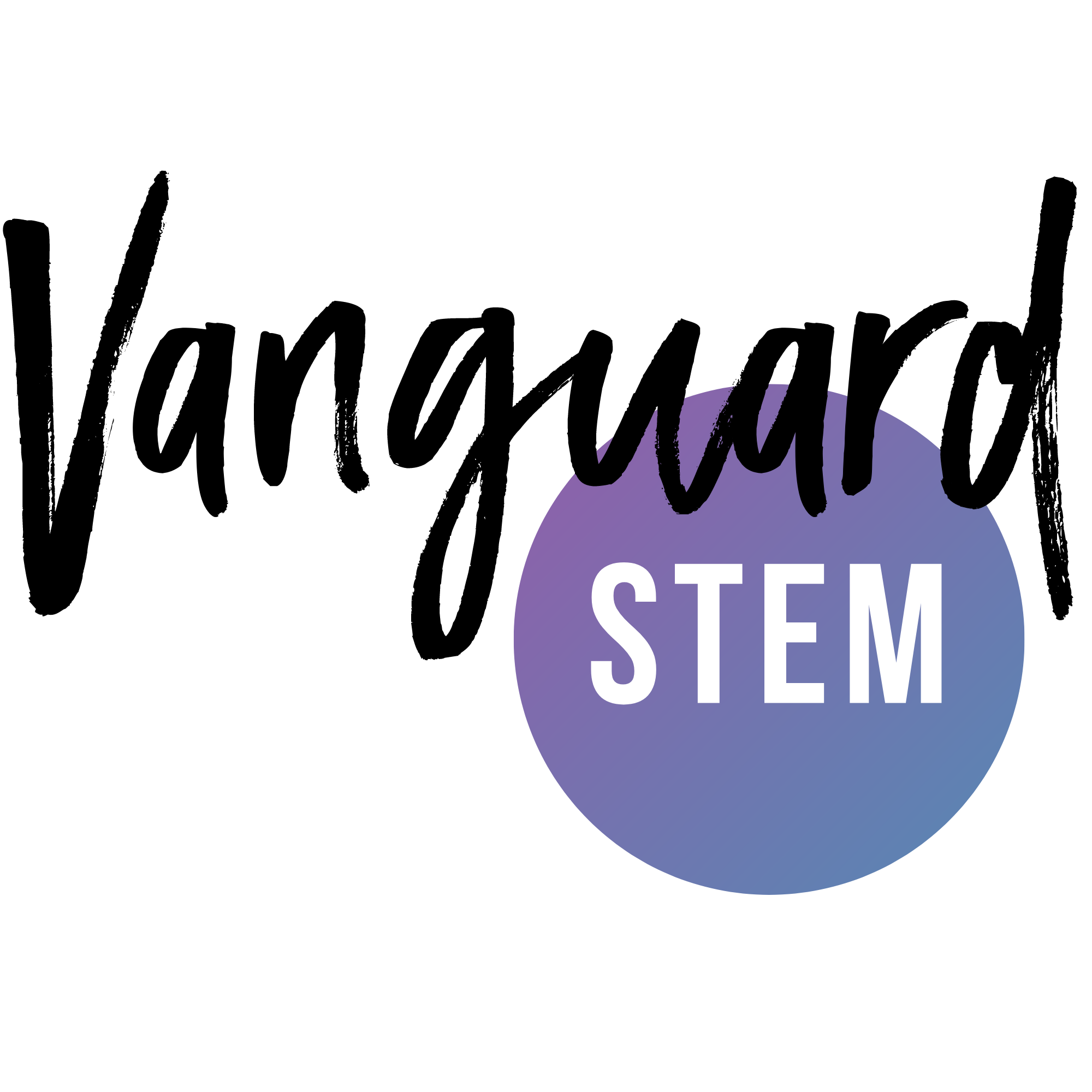Kesha Williams is an award-winning software engineer with 23 years of experience using technology to solve the world’s problems.
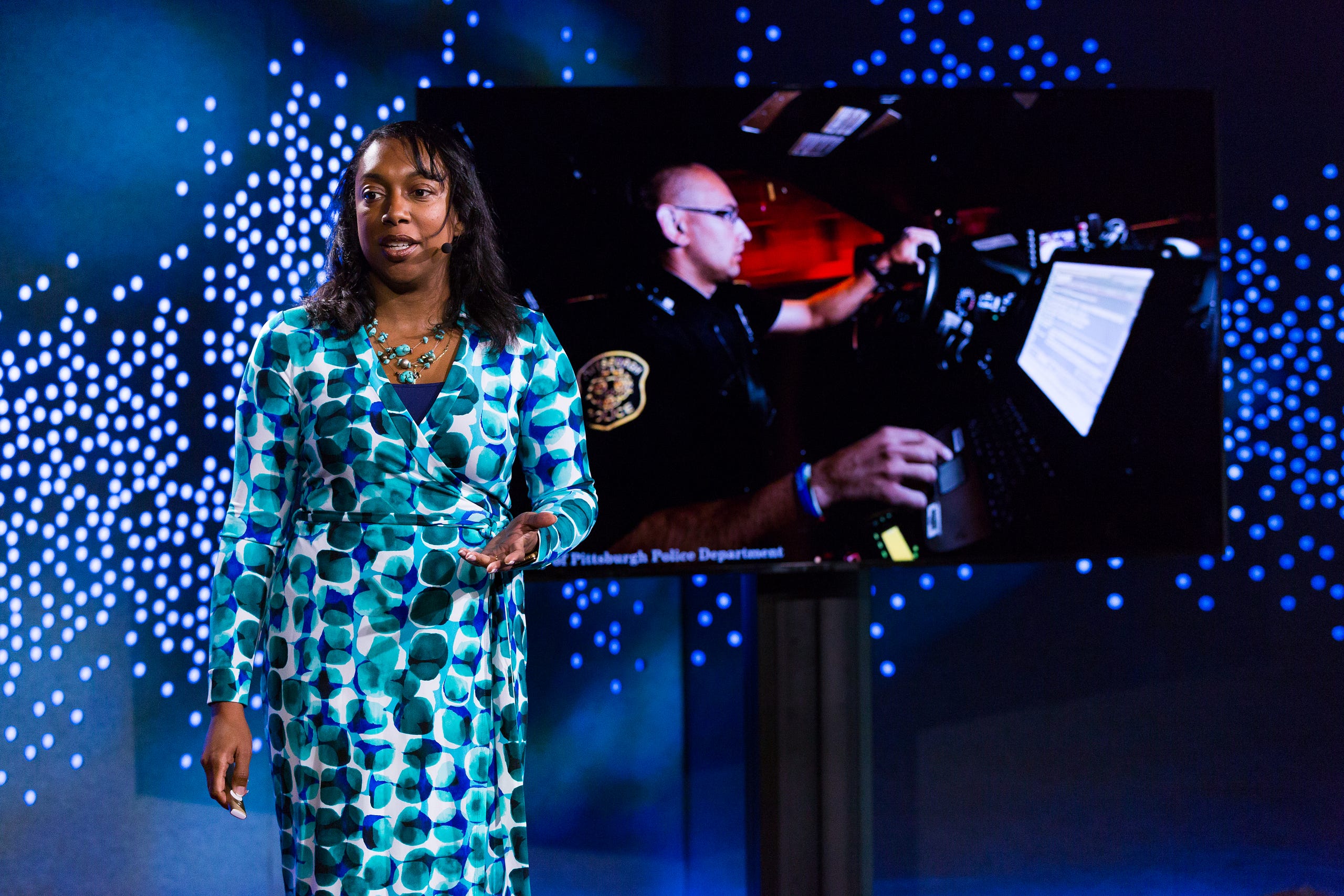
Kesha (pronounced KEY-SHA) Williams is an award-winning software engineer with over 20 years experience specializing in full stack web application development using Java, Spring, Angular and Amazon Web Services (AWS). She’s trained and mentored thousands of software developers in the US, Europe and Asia; while teaching Java at the university level. She’s also done a summer internship with the National Security Agency (NSA) — how cool is that?
Most recently, Kesha won the Ada Lovelace Award in Computer Engineering from Look Far and the Think Different Innovation Award from Chick-fil-A for her work on investigating how emerging technologies and artificial intelligence (AI) can enhance restaurant operations and customer experiences. In her spare time, she leads the Georgia chapter of Technovation, speaks at technical conferences across the globe, serves as a mentor with the New York Academy of Sciences and conducts free Hour of Code workshops for children at her local library.
Responses may be edited for clarity and brevity.
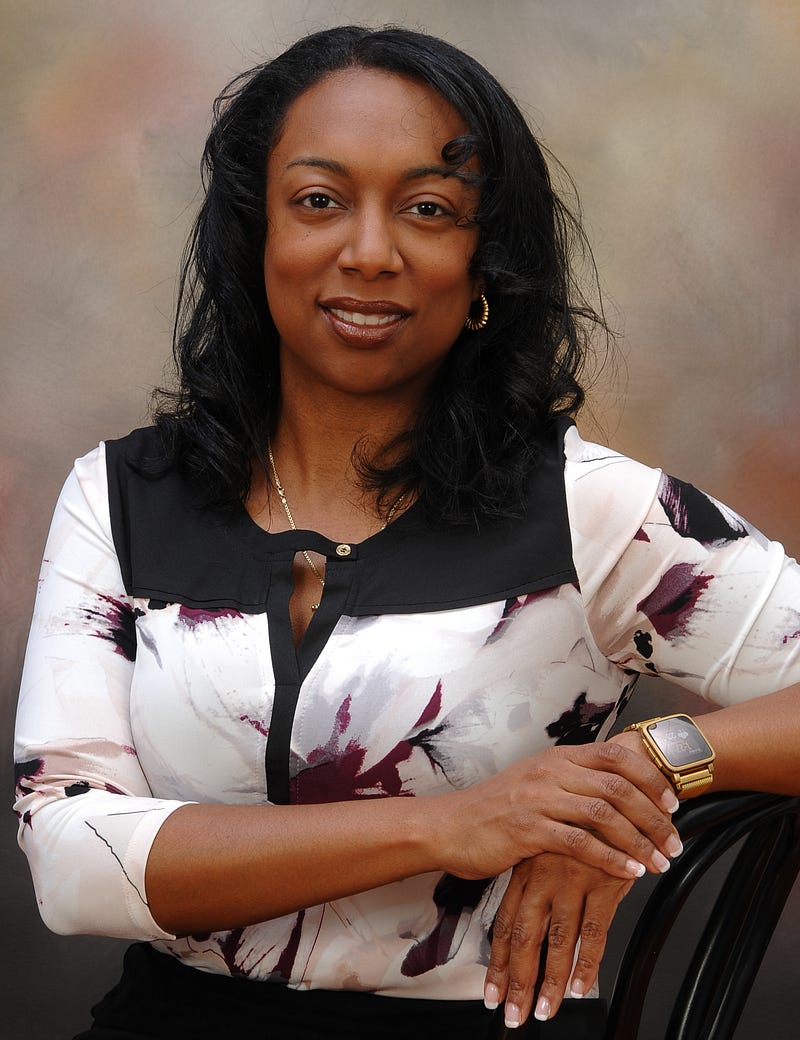
Where did you go to school?
- B.S. Computer Science and Mathematics, Spelman College, Atlanta, GA
- M.S. Information Systems, University of Phoenix, Atlanta, GA
What do you do right now?
I am a senior software engineer at Chick-fil-A. (A Software Engineer is a person that designs and builds applications that run on a mobile device, desktop computer or through a web browser.) By day, I’m building next generation cloud applications using Java-based technologies and AWS. A portion of my day is also dedicated to playing with emerging technologies like AI, computer vision (CV)/facial recognition, augmented/virtual reality, machine learning and the internet of things (IoT). By night, I’m an online Java instructor for the University of California, Irvine. I’ve trained and mentored thousands of software developers in the US, Europe and Asia; while teaching at the university.
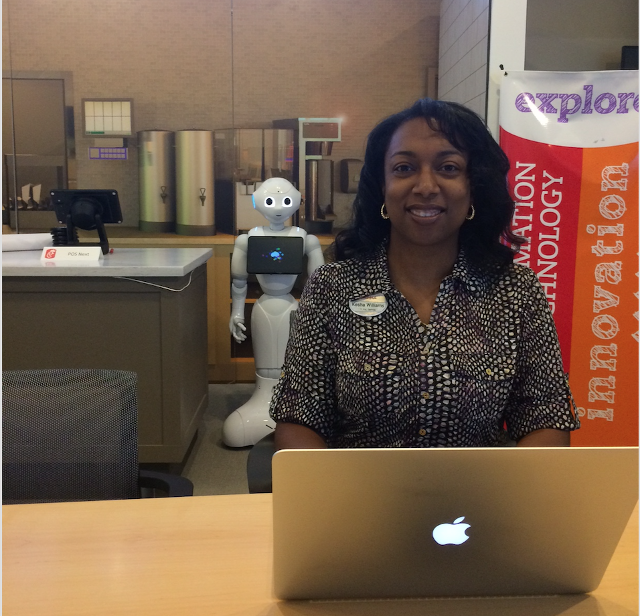
In my opinion, my most impressive project is SAM (Suspicious Activity Monitor). SAM is a predictive policing machine learning algorithm (inspired by “precrime” from Minority Report) that predicts the likelihood of crime. SAM was developed using machine learning (i.e. AWS machine learning), computer vision (i.e. AWS Rekognition) and the Twitter API.
The general public can communicate with SAM via Twitter by tweeting a picture of someone they believe is involved in suspicious activity. SAM retrieves attributes from the photo and combines those with past crime data from the GBI (Georgia Bureau of Investigation) to make a prediction regarding the likelihood of a crime occurring. The prediction is sent back to the user as a tweet.
Race was intentionally removed as an attribute used by SAM in making the crime prediction so that SAM would not be accused of racial profiling. The conscious decision to remove race illustrates that machine learning can actually remove human bias when applied to policing.
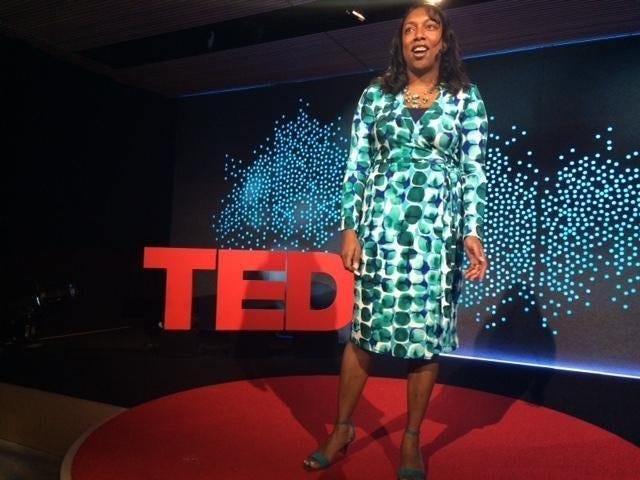
When human bias is removed, racial profiling becomes a thing of the past. I was able to present about machine learning removing human bias from policing on the TED stage in New York City as a winner of TED + Logitech’s Spotlight Presentation Academy.
A really cool project that I recently worked on was one involving facial recognition. I led an innovation team of six developers to investigate how computer vision and facial recognition could be used to improve Chick-fil-A’s restaurant operations and customer experiences. My team developed a prototype that recognizes employees as they enter a room and then provides a custom welcome message on a monitor that greets the employee by name. This project was really cool because it is the first step toward using facial recognition and computer vision on a broader scale.
I’m most excited about the opportunities to learn new and exciting technologies. Technology is ever-changing and advances on an almost daily basis. I’m excited to be at the forefront of where emerging technologies like machine learning and computer vision/facial recognition are headed.
These technologies — especially when combined — have the ability to change the way we live and can even bring ideas from the wildest science fiction movie to life!
What made you choose your STEM discipline in the first place?
I chose STEM because I was exposed to technology early on in life and found that I was really good at it and enjoyed it. My father purchased a personal computer for our home when I was in high school and placed it in my playroom. I always joke with people and say I had a barbie doll in one hand and a computer manual in the other hand. I’ve loved computers and technology since then.
For me, coding has always been equated to playing because that’s how I began coding, by playing on the computer in my playroom. I’ve been coding since high school, so I’ve always identified myself as a computer programmer.
I still consider coding to be playing on the computer to this day.
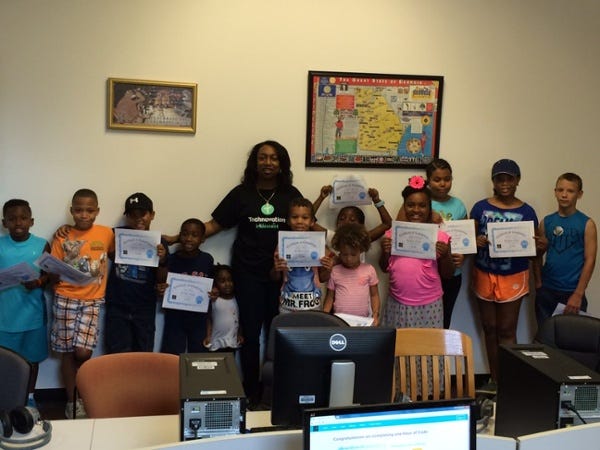
What’s one piece of advice you wish you had when you started your STEM journey?
My advice is that you don’t have to know everything and don’t be afraid to ask for help. I can tell you about my biggest failure as a software engineer, which occurred early in my career. I failed to realize that success is a team effort and that no one can (or is expected to) do it all alone.
When first starting out, I felt that I needed to figure out everything by myself and was often afraid to ask for help for fear of looking stupid. I was a young woman, in a male-dominated field, and often felt like I was under a microscope because I was different. I felt like I needed to prove myself by being smart enough to figure things out on my own.
I think it is good to be able to figure things out on your own, but you have to also use good judgement to determine when you need to raise your hand and ask for help. Because I didn’t ask for help when I truly needed it, I caused the project to miss a critical deadline that delayed us for months. I learned two lessons during that difficult time period. First, when working on a team, the team is working toward a common goal and every person on that team wants the team to succeed. People are willing to help you when they know you need it. Second, it’s okay to ask questions when something is not clear or to ask for help when you need it. I’m smart, but no one can know everything! That failure taught me to collaborate with others more and to lean on team members that have been around longer and that know more than I do. I used that failure as a lesson learned and because I learned from it, I never repeated it again. Failures can turn into valuable lessons, if we choose to learn from them!
It’s okay to ask for help when you don’t know the answer to a problem. Of course, there is value in trying to figure things out on your own, but there is also value in seeking input from others who are more experienced when you are stuck.
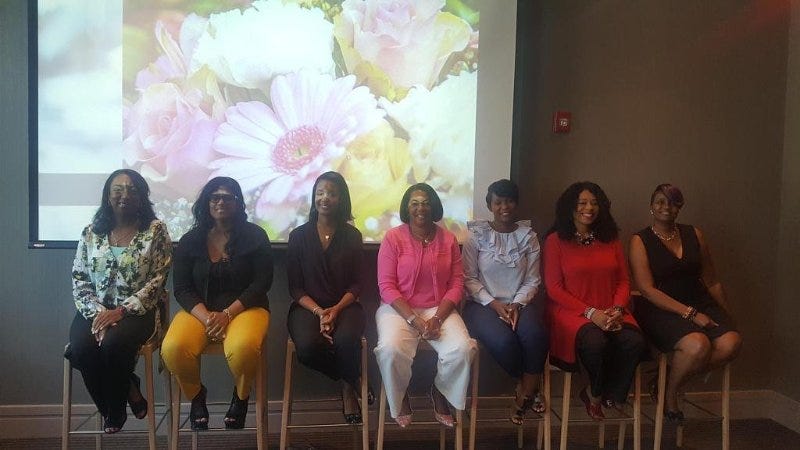
Do you have any woman of color in STEM sheros? Who and why?
Stephanie Espy is my shero because we share the same passion to increase diversity in STEM. She is the author of STEM Gems, which highlights 44 women in STEM. Stephanie travels the country advocating for women in STEM and sharing her message.
Why do you think it’s important to highlight women of color in STEM?
There is a lack of diversity in technology. There is also an ongoing complaint of not having enough qualified candidates to fill the open job postings. To me, it’s a no-brainer to fill these open jobs with the untapped potential we have available to us. We need to fill these open jobs with more women of color. We need to highlight women of color because these women serve as positive role models to other women by showing what’s possible. We need to change this misperception by showing more positive role models across all STEM fields.
Are there institutions, groups or organizations you would like to give a shoutout?
I am passionate about increasing the diversity in technology; therefore, I volunteer my time with several organizations that share my same vision. I lead the Georgia chapter of Technovation, volunteer with Black Girls Code, helped found Colors of STEM and mentor with the New York Academy Sciences and Women Entering & Staying in Tech (WEST). I highlight those organizations because they share my same passion and are working hard to make a difference.
You can connect more with Kesha Williams on Twitter, Facebook, Instagram and LinkedIn.
